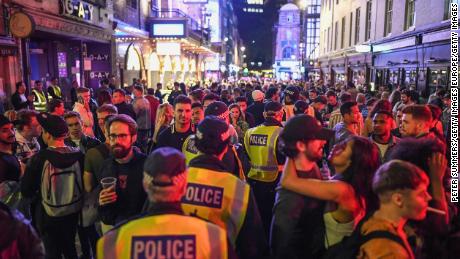In a published letter, 239 scientists urged the health agency to be more forthcoming that people can catch coronavirus from droplets floating in the air
Dr. Benedetta Alleganzi, WHO Technical Lead for Infection Prevention and Control, said during a briefing Tuesday, that the agency has discussed and collaborated with many of the scientists who signed the letter.
Infectious disease epidemiologist Maria Van Kerkove, with WHO’s Health Emergencies Program, said many of the letter’s signatories are engineers, “which adds to growing knowledge about the importance of ventilation, which we feel is very important.”
“We have been talking about the possibility of airborne transmission and aerosol transmission as one of the modes of transmission of Covid-19, as well as droplet. We’ve looked at fomites. We’ve looked at fecal oral. We’ve looked at mother to child. We’ve looked at animal to human, of course as well,” Van Kerkove said.
She said the agency is working on a scientific brief summarizing the current knowledge around transmission of the deadly virus, which should be available in the coming weeks.
Alleganzi emphasized more research is still needed on Covid-19 transmission.
“So, these are fields of research that are really growing and for which there is some evidence emerging but is not definitive,” she said.
“And therefore, the possibility of airborne transmission in public settings, especially in very specific conditions crowded, closed, poorly ventilated settings that have been described cannot be ruled out. However, the evidence needs to be gathered and interpreted.”
![]()




